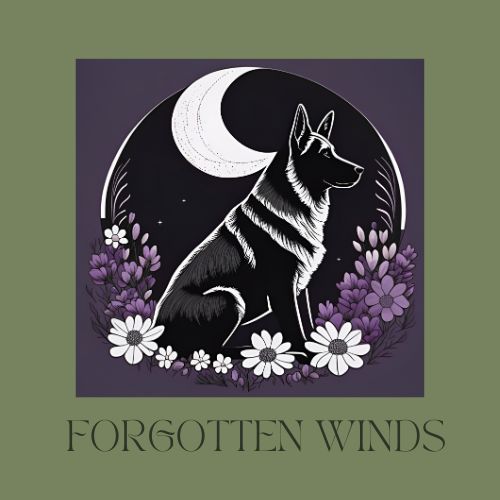
As I was driving to check my camera traps a couple of weeks ago at Comanche Springs Astronomy Campus, a field of bright yellow appeared on the horizon in Floyd County, Texas.
This sea of chest-high plants was covered in tiny, bright, fluorescent yellow flowers. A slightly sweet smell drifted with the occasional winds from the field. Never seeing this “yellow” crop before I immediately texted a photo to my friend, Willa Finley, who is the co-author of Lone Star Wildflowers. Her response was quick with “canola,” a crop she had just learned about growing in regions of Texas a few days earlier. Canola oil will be produced from this field of yellow after the flowers have died back leaving only the pods.
Canola growing in this region of Texas that’s always been about all cotton or sorghum is new for farmers who are seeking alternative crops to grow. The plant belongs to the family of mustard, broccoli, Brussels sprouts, and cauliflower. Pods are produced from which seeds are harvested and crushed to create canola oil and meal. It’s been researched as having the least saturated fat and most omega-3 fat of all cooking oils, making it one of the healthiest edible oils in the world.
Another interesting aspect with farmers growing canola in this region – they are benefitting bees because the small yellow flowers are rich in nectar.
Note: if you see a field of canola and want to photograph it obey the basic, common sense rules: the only photograph from the field edges, don’t walk into the plants, don’t pick the flowers, and don’t pick the pods. These planted acres are a farmer’s bread and butter and any decrease in yields means a decrease in revenues.
Photograph – © Christena Stephens Photography
